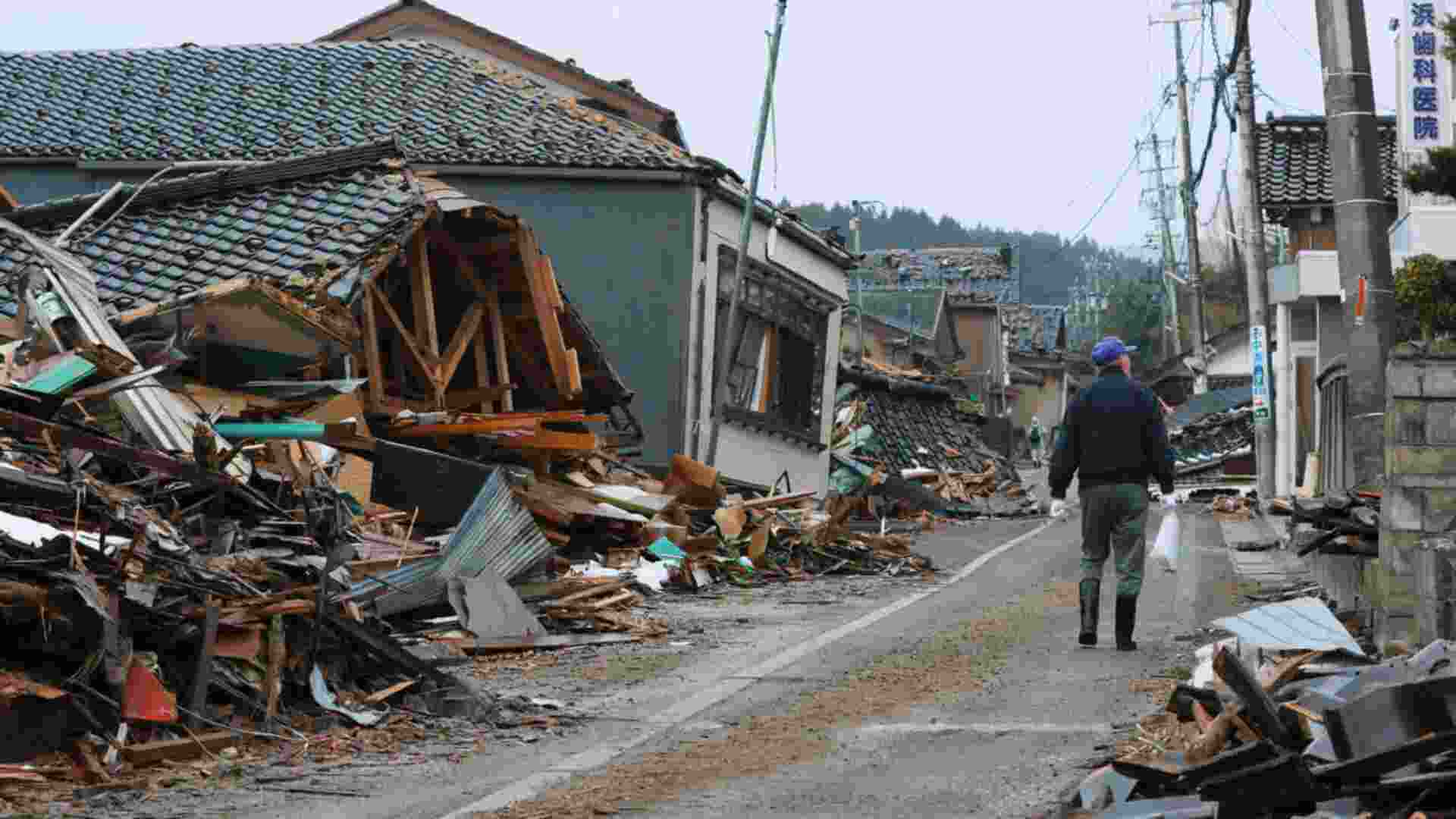As 2024 draws to a close, skywatchers have one last opportunity to witness a mesmerizing celestial display. The Ursid meteor shower, known for its radiant streaks of light, will peak between the nights of December 21 and 22. This event coincides with the winter solstice in the Northern Hemisphere, adding a magical touch to the year’s end.
When and Where to Watch
The Ursid meteor shower will be active from December 17 to December 26, with peak activity expected overnight on December 21-22. During this time, stargazers could see about 10 meteors per hour. For optimal viewing, the best time is just before dawn when the radiant — the point in the sky where the meteors appear to originate — is at its highest point.
The radiant of the Ursid meteor shower lies in the constellation Ursa Minor, also known as the Little Dipper, which remains visible throughout the night in the Northern Hemisphere. To enjoy the show, head to a location far from city lights, ideally around midnight, for the clearest views.
Overcoming Moonlight Challenges
This year, the waning gibbous moon may slightly hinder visibility. On December 21-22, the moon will be between 52% and 62% full, peaking around 6 a.m. local time. However, since the moon rises just before midnight, there is a narrow window for meteor enthusiasts to catch the display before the moonlight becomes too bright.
What Makes the Ursids Special?
The Ursids originate from debris left behind by Comet 8P/Tuttle, a celestial body that completes its orbit around the sun every 13.6 years. As Earth travels through this debris field, particles burn up in our atmosphere, creating the streaking meteors visible in the night sky.
Unlike other meteor showers, the Ursids are known for producing occasional bright fireballs that can illuminate the sky, making them a worthwhile spectacle despite their lower frequency compared to the Geminid meteor shower earlier this month.
Tips for Viewing
- Find a dark, open area away from artificial light pollution.
- Bring a blanket or reclining chair for comfortable viewing.
- Allow your eyes 15-20 minutes to adjust to the dark.
- Look towards Ursa Minor, but scan the entire sky for the best chance of spotting meteors.
If you’re already planning for the next celestial event, mark your calendars for the Quadrantid meteor shower, which is set to peak on January 2-3, 2025. Until then, don’t miss the chance to witness the Ursids, the final meteor shower of the year.























